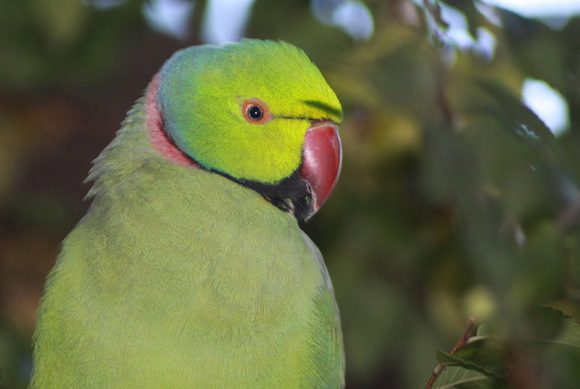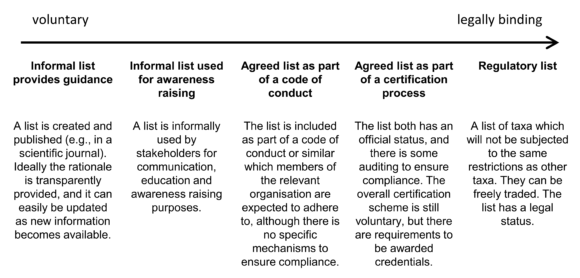18 September 2015 | By Christoph Kueffer
Prevention of the introduction of new invasive species to a country is considered to be an effective measure against biological invasions. The growth of online sellers, however, makes the regulation of plant introductions much more challenging – a new plant is only a few clicks away and can be bought very easily. There is also no local seller in-between who can inform buyers about the risks of invasive plants and propose alternative plants.
A new study by C·I·B associate, Christoph Kueffer, now shows that internet trade of invasive plants is indeed very active. Christoph and colleagues have monitored for 50 days which species of 23 flowering plant families were offered on eBay.com and nine other online sellers. In total 2 625 species were on sale including 510 species that are invasives. This means that 40% of all invasive species that were considered in the study are available to buyers.
This percentage was much higher than for non-invasive species, where only about 1 out of 100 species is being traded. “It appears that on the Internet not only many of the most invasive plants can be easily bought, but also invasive species are much more frequently offered than non-invasive ones.” says Christoph, senior scientist at the Department of Environmental Systems Science of ETH Zurich, Switzerland.
The study surveyed only a fraction of online sellers, only for a relatively short time period, and it searched only for Latin names.
Christoph added, “Our study is likely to underestimate the true number of invasive plants that is traded via the internet. It may well be that a majority of known invasive plants is easily available on the Internet. Many buyers will not know that they are ordering a plant that might later destroy biodiversity at home.”
The authors propose that automated monitoring of the online trade can help to scan for new potentially invasive species that have only recently been introduced to global trade. These species can then be regulated before they become a problem. Sellers based in South Africa for instance offer many different plant species to buyers around the world, and most of them are offered from no other place in the world. To date, few of them have become invasive, but maybe it is only a matter of time before they do?
Read the paper
For more information, contact Christoph Kueffer at kueffer@env.ethz.ch




